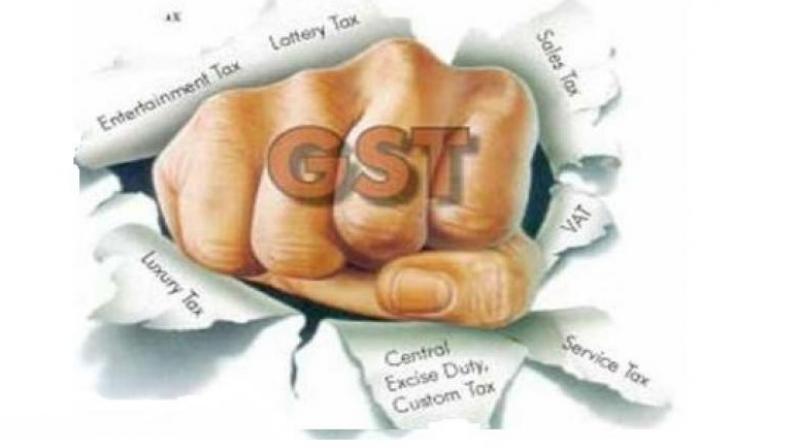GST fails to up tax compliance

THIRUVANANTHAPURAM: The two sensational rabbits that were supposed to be pulled out of the ‘GST hat’ — increased tax compliance and a wider tax base — have not yet materialised. This failure has worsened the state’s finances because of the nature of commodity placements under five major GST slabs; commodities are grouped under these slabs in such a way that the state will gain less from each good sold than before. In more definite terms, the tax the state can collect from nearly 80 per cent of the goods has fallen 5.5 percent from what it could under the VAT system.
If during the VAT regime, nearly 80 per cent commodities were taxed at 14.5 per cent, under the new system 80 per cent of commodities sold in the state will be taxed at 18 per cent. “This means the state’s share will be just 9 per cent, 5.5 per cent less that what the state had been collecting” a top finance department official said. (Only half of the GST rate flows to the state’s coffers.) The fall in income became more pronounced on November 10, when 177 goods were transferred from the 28 per cent GST slab to 18 per cent. The state, therefore, is in an unenviable position. Not only has GST failed to deliver, but it has also robbed the state of a part of its traditionally assured revenue.
The commodities that fetched the state its largest share of tax revenue — like cement, white goods, electrical goods, and tiles — have now been put under the 18 per cent slab. Many of the mass consumption consumer goods like mineral water, ice cream, hair oil, and tooth paste would now provide the state just 9 per cent, as against the 14.5 per cent it had pocketed before July 1, 2017. Similar is the case with watch, clock, ceramic ware and helmet; all of which had yielded a higher tax under VAT.
Some of the commodities which were earlier in the 5 per cent VAT rate, like dry fruits or edible oil or cotton textiles, will continue to be in 5 per cent GST slab. But the state’s revenue from these items will fall by half to 2.5 per cent. Nonetheless, there are items like paint and automobiles that have been retained in the 28 per cent slab, but even here the state's share, which is 14 per cent (half of 28 percent), is 0.5 per cent lower than what it had extracted under VAT. Here is what the report of Kerala State Expenditure Review Committee says: “The reduced rate of most commodities may have an adverse impact on the state revenues unless there is corresponding increase in the base to compensate the loss due to reduction in the rate.” The report came out in August, long before the Centre had shifted 177 commodities were shifted to a lower tax slab.

